Learning a new language opens doors to new cultures, connections, and opportunities.
Luckily, today’s tech makes it a breeze!
Imagine having your personal language tutor available 24/7—AI language learning apps make that a reality. These apps aren’t just about grammar and vocabulary; they immerse you in the language’s rhythm and nuances, perfect for mastering natural conversations.
With language learning AI tools, it’s like having a language buddy in your pocket. They adapt to your pace, style, and interests, ensuring you learn in a way that suits you best.
The coolest part?
They’re fun!
From interactive games to real-time feedback, these apps turn learning into an engaging adventure. What’s great is their versatility. Whether you’re a beginner or aiming for fluency, these AI language learning apps cater to all levels.
They cover a spectrum of languages too, so you can pick up Spanish, Mandarin, or even Swahili!
Dive into these innovative tools and watch how effortlessly you’ll start conversing in a new language!
What are the basics of language learning?
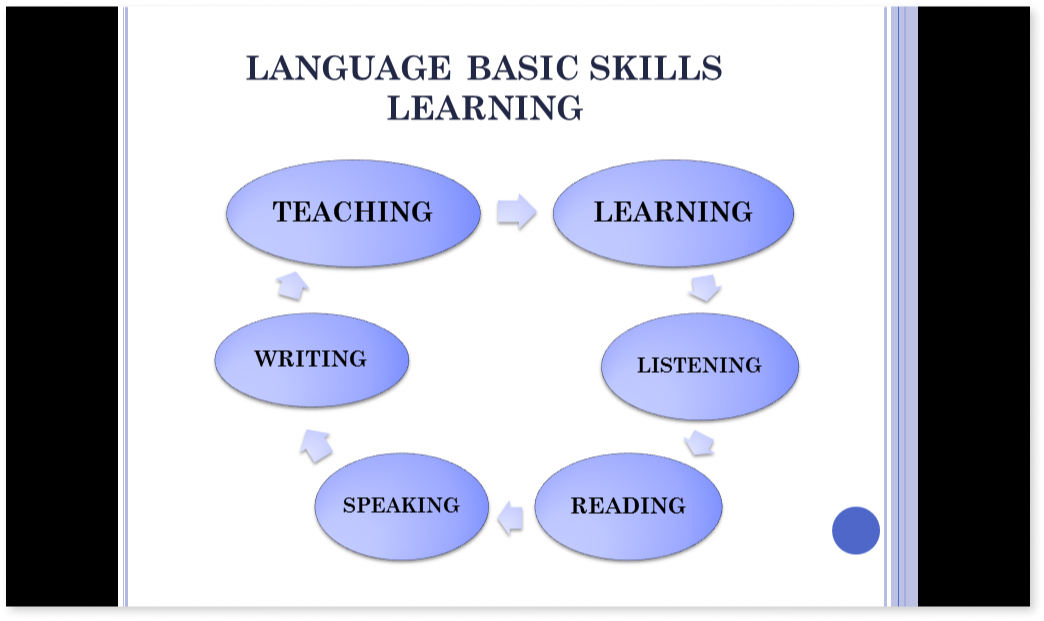
1. Vocabulary Acquisition
Building a strong vocabulary is fundamental. Start with high-frequency words and phrases relevant to daily conversations. Tools like flashcards, apps, and contextual learning aid retention.
2. Grammar Fundamentals
Understanding grammar rules forms the backbone of language mastery. Focus on basic sentence structures, verb conjugations, and syntax, gradually advancing to complex grammar as proficiency grows.
3. Listening and Pronunciation
Active listening sharpens comprehension skills. Mimic native speakers’ pronunciation, rhythm, and intonation through audio materials or language exchange platforms. Feedback mechanisms in apps refine your spoken language.
4. Reading Comprehension
Immerse yourself in written content—books, articles, or online resources. Gradually challenge yourself with varied materials to enhance comprehension and vocabulary.
5. Speaking and Practice
Practice makes perfect. Engage in conversations, join language groups, or utilize speech recognition features in language apps for consistent speaking practice.
6. Cultural Understanding
Explore the culture behind the language. Understanding cultural nuances aids in contextualizing expressions and improves communication skills.
7. Persistence and Patience
Consistency is key. Embrace the learning journey with patience, maintaining a regular study routine to steadily progress.
How can I use AI tools for language learning?

AI tools revolutionize language learning by offering tailored, efficient, and interactive experiences. To harness these tools effectively:
1. Personalized Learning
AI analyzes your learning patterns, adapting lessons to your pace and style. Platforms like Duolingo or Babbel use algorithms to personalize content, focusing on areas where you need improvement. Similarly, AmazingTalker uses advanced AI to tailor language courses. Their 영어 회화 학원 (English conversation academy) provides tailored lessons based on your progress and needs, ensuring a highly effective learning experience.
2. Natural Language Processing (NLP)
NLP capabilities in AI tools facilitate real-time feedback on pronunciation, grammar, and sentence structure. Speech recognition features, as seen in Rosetta Stone or Pimsleur, enhance speaking skills through instant corrections.
3. Immersion and Cultural Context
AI-powered platforms, such as Lingo deer or Hello Talk, provide immersive experiences. They offer cultural insights, connect you with native speakers for conversations, and simulate real-life scenarios, fostering practical language use.
4. Gamification and Engagement
AI tools gamify learning with interactive challenges, rewards, and progress tracking. Apps like Memrise or FluentU use gamification to maintain engagement and motivation while learning.
5. Data-Driven Insights
AI collects data on your learning progress, enabling you to track milestones, set achievable goals, and receive recommendations for further study, optimizing your learning path.
6. Accessibility and Convenience
These tools offer flexibility in learning schedules and device compatibility, allowing access anytime, anywhere, and on various devices.
Integrating AI tools for language learning maximizes efficiency, personalization, and engagement, making the language acquisition journey dynamic and effective.
Best 9 AI Language Learning Tools
1. Duolingo
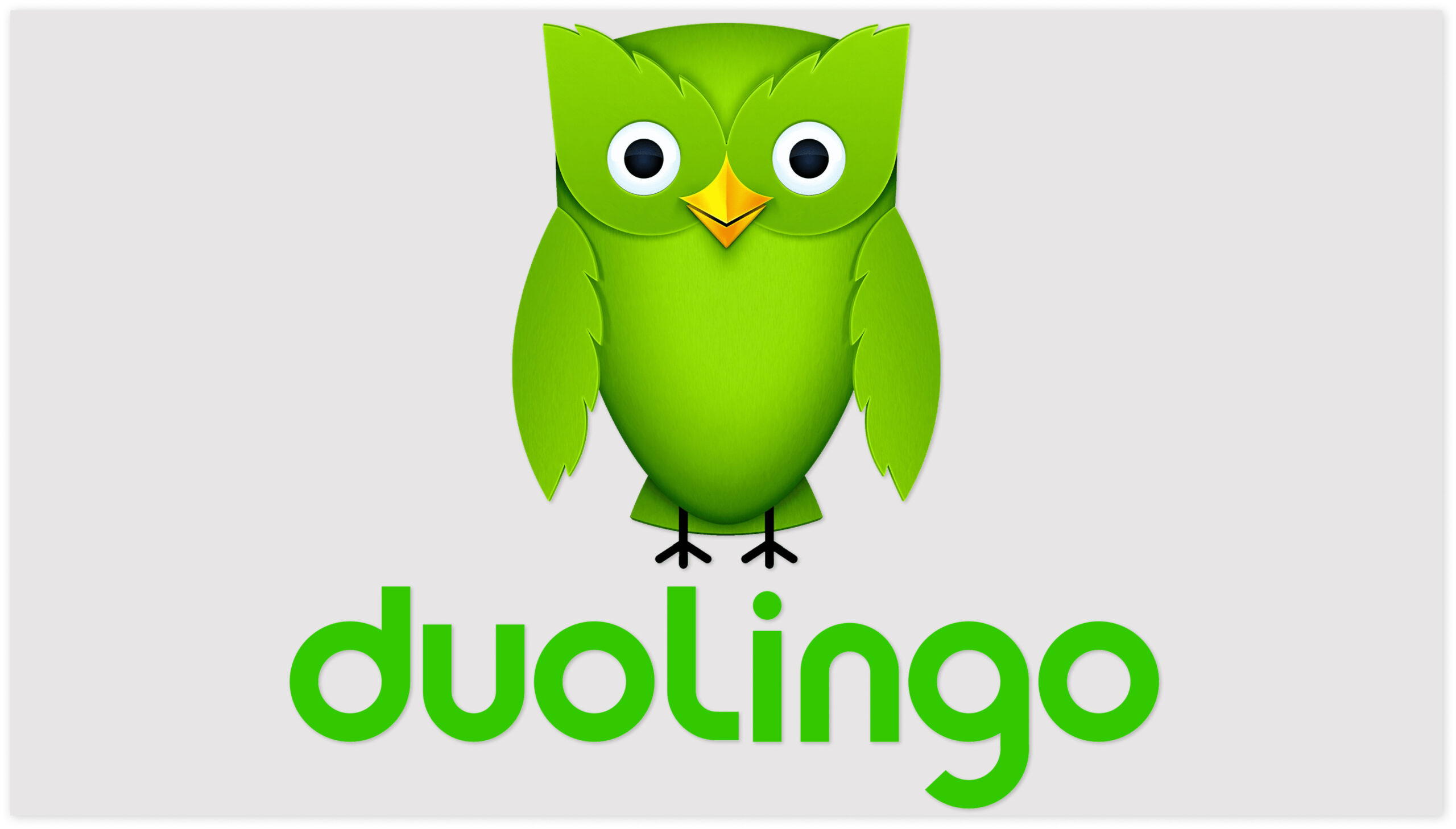
Duolingo stands out as a leading AI-driven language learning platform that makes mastering a new language enjoyable and effective. It caters to diverse learners worldwide, offering a user-friendly interface and engaging lessons designed to elevate language proficiency.
Key Features of Duolingo
- Gamified Learning Experience: Duolingo’s gamification approach transforms language learning into an addictive game, making it fun and motivating to progress through levels.
- Adaptive Learning: Its AI-powered algorithm customizes lessons based on individual strengths and weaknesses, ensuring personalized learning paths.
- Multiple Language Options: With a wide array of languages available, users can choose from popular ones like Spanish, French, Mandarin, and even High Valyrian or Klingon.
- Varied Lesson Formats: Duolingo combines speaking, listening, writing, and reading exercises, fostering comprehensive language skills development.
Pros
- Engaging and user-friendly interface
- Flexibility to learn at your own pace.
- Free to use with the option of a premium subscription.
- Accessibility across multiple devices
Cons
- Emphasis on repetition might feel monotonous for some.
- Limited depth in advanced language learning
- Challenges in providing contextual understanding.
2. Babbel

Babbel shines as a personalized AI-powered language learning platform, tailored to individuals aiming for practical conversational skills. It stands out for its user-friendly interface and focused approach, making language acquisition an engaging journey.
Key Features of Babbel
- Targeted Lessons: Babbel’s structured curriculum focuses on real-life conversations, offering lessons designed for immediate use in everyday situations.
- Speech Recognition Technology: Its AI-driven speech recognition provides precise feedback on pronunciation, aiding learners in perfecting their spoken language.
- Personalized Review Sessions: Babbel’s review feature ensures retention by reinforcing previous lessons at optimal intervals, enhancing long-term memory.
- Progress Tracking: Users can track their advancement through milestones and quizzes, providing a sense of accomplishment and motivation.
Pros
- Practical and relevant content for day-to-day conversations
- Intuitive interface for easy navigation
- Emphasis on pronunciation and conversational skills
- Available offline for convenient learning on-the-go.
Cons
- Limited free content: full access requires a subscription.
- Focuses more on conversational aspects than in-depth grammar.
- Fewer language options compared to some other platforms.
3. Rosetta Stone

Rosetta Stone stands as a pioneer in language learning, renowned for its immersive and comprehensive approach. Its AI-powered platform redefines language acquisition through contextual learning and interactive experiences.
Key Features of Rosetta Stone
- Immersive Learning: Rosetta Stone replicates natural language acquisition by immersing learners in real-life scenarios, fostering contextual understanding.
- Dynamic Speech Recognition: Its AI-driven speech recognition provides instant feedback on pronunciation, refining spoken language skills.
- Cultural Insights: Beyond language, Rosetta Stone offers cultural context, enabling learners to comprehend expressions within cultural frameworks.
- Adaptive Technology: The platform adapts to individual learning styles, ensuring personalized lessons for effective comprehension and retention.
Pros
- Emphasis on immersive learning for holistic language understanding
- Comprehensive lessons covering speaking, reading, writing, and listening skills.
- Engaging, interactive activities for practical application
Cons
- Relatively higher price point compared to some other platforms.
- Limited free trial or sample content availability
- Focus on immersion might not suit all learning preferences.
4. Lingodeer
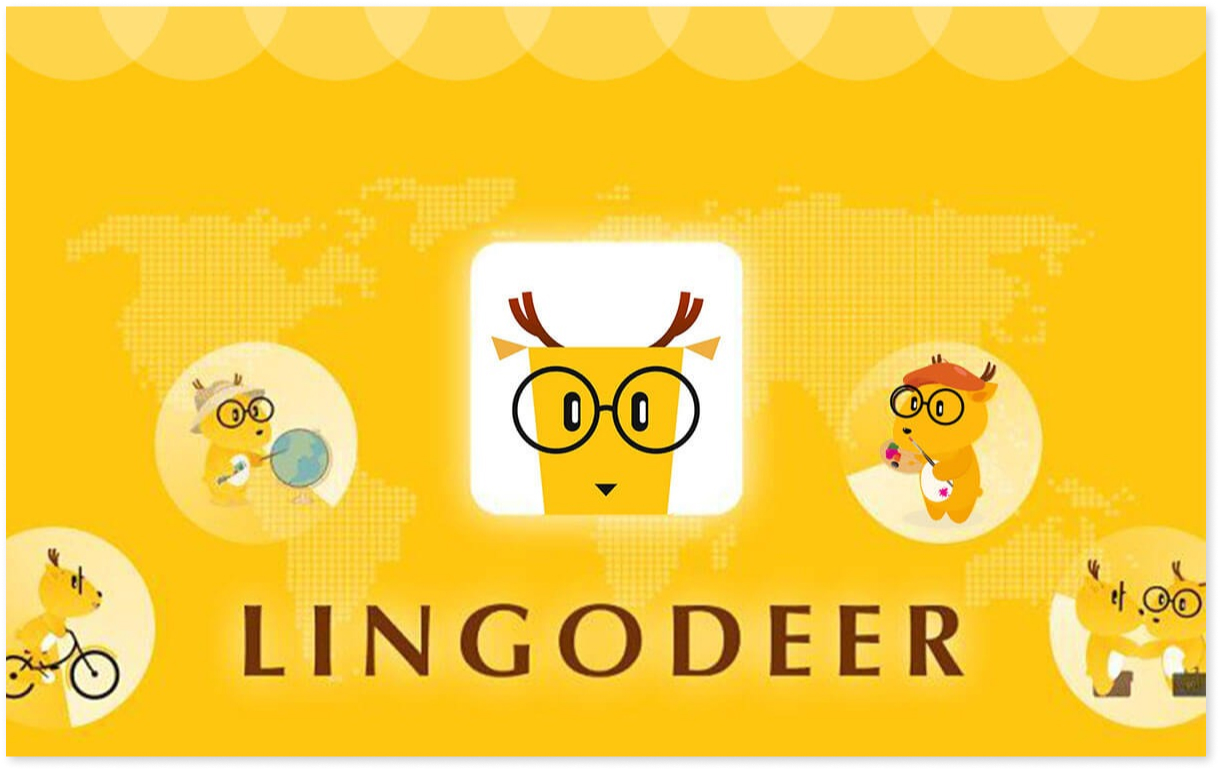
Lingodeer stands out among language learning platforms for its innovative approach, catering particularly well to beginners while offering depth for advanced learners. This AI-powered app provides a seamless blend of structured lessons and interactive exercises, making language acquisition intuitive and engaging.
Advanced Features of Lingodeer
- Personalized Learning Paths: Lingodeer tailors lessons based on individual progress and adapts to different learning styles, offering a customized learning experience.
- In-depth Grammar and Syntax: The platform delves into grammar intricacies, providing comprehensive explanations and practice exercises for advanced learners.
- Cultural Insights: Lingodeer offers insights into cultural nuances, enabling learners to grasp not just the language but also its cultural context.
- Diverse Language Options: Apart from major languages, Lingodeer offers less commonly taught languages, catering to diverse linguistic interests.
Pros
- Structured and systematic approach to language learning
- Extensive grammar coverage suitable for advanced learners
- Engaging exercises and clear explanations
Cons
- Some users might find the interface less intuitive initially.
- Limited social/community features compared to other platforms.
- Advanced content might be overwhelming for absolute beginners.
5. HelloTalk
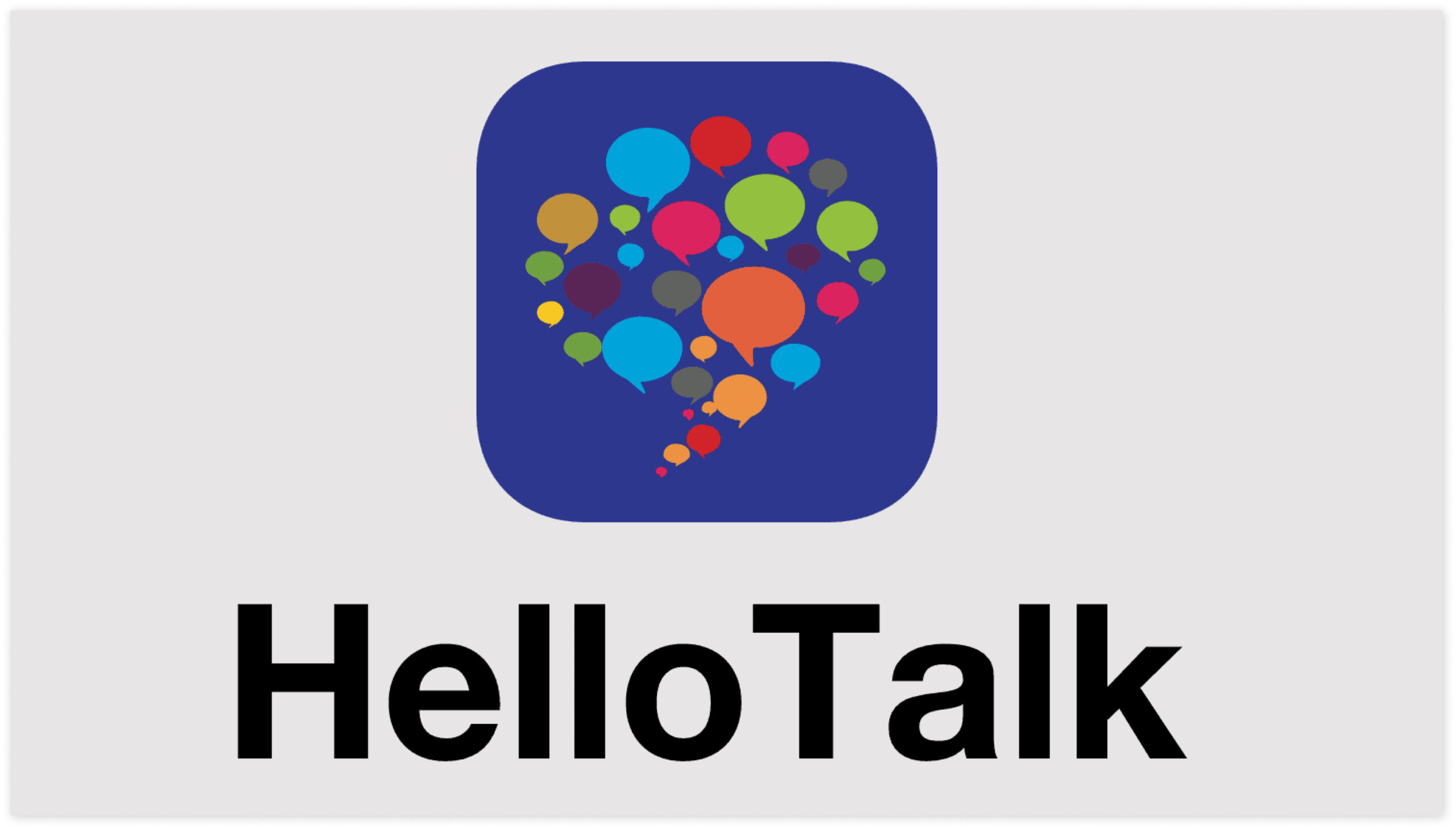
HelloTalk redefines language learning through its innovative AI-driven platform, fostering global connections for language enthusiasts. It serves as a dynamic language exchange platform, offering an immersive and interactive experience that transcends traditional learning boundaries.
Advanced Features of HelloTalk
- Real-time Language Exchange: HelloTalk connects users worldwide for authentic language exchange through text, voice, and video chats, facilitating practical learning and cultural exchange.
- AI-Powered Corrections: Its AI technology assists in correcting grammar, spelling, and pronunciation errors, providing instant feedback to enhance language accuracy.
- Multi-Modal Learning: Beyond conversations, HelloTalk supports learning through features like voice messaging, translation, and transliteration, catering to diverse learning preferences.
- Community and Support: Users benefit from a vibrant community, gaining insights, tips, and guidance from native speakers and fellow learners.
Pros
- Facilitates authentic language practice with native speakers.
- Diverse range of languages available for exchange
- User-friendly interface for seamless communication
Cons
- Learning quality depends on the proficiency of language partners.
- Limited availability of some less common languages
- Interface might feel overwhelming for new users at first.
6. Memrise

Memrise excels in language learning, leveraging advanced features that set it apart in the world of AI-powered education. Its standout functionalities redefine how learners acquire and retain new languages, making it a preferred choice for many.
Advanced Features of Memrise
- Spaced Repetition System (SRS): Memrise employs a sophisticated SRS algorithm, optimizing learning by revisiting words at intervals to enhance retention.
- Mnemonic Techniques: The platform uses imaginative mnemonic devices to aid memory, making vocabulary acquisition more engaging and effective.
- Interactive Multimedia: Memrise incorporates audio, video, and images into lessons, offering a diverse and immersive learning experience.
- User-Generated Content: Learners contribute to course creation, fostering a vast library of diverse language materials.
Pros
- Engaging and interactive learning environment
- Varied multimedia aids in better comprehension
- Effective spaced repetition technique for long-term retention
- Community-generated content adds to course diversity.
Cons
- Focus on user-generated content may lead to varied quality.
- Advanced grammar lessons might be limited compared to other platforms.
- Free version has limitations in access to content and features.
7. FluentU

FluentU redefines language learning through its innovative approach, intertwining real-world videos with language education to create an immersive and effective learning experience.
Key Features of FluentU
- Authentic Video Content: FluentU curates’ real-world videos, transforming them into language learning experiences with interactive subtitles and transcripts.
- Interactive Learning: Users engage with video content through quizzes, exercises, and flashcards, ensuring active learning within a contextual environment.
- Personalized Content: The platform adapts to individual progress, offering tailored recommendations and content based on proficiency levels.
- Extensive Language Options: FluentU supports multiple languages, allowing learners to explore a wide range of linguistic interests.
Pros
- Immersive learning through authentic video content
- Interactive exercises for practical application
- Personalized recommendations enhance learning efficiency.
- Broad spectrum of language options available
Cons
- Full access requires a subscription fee.
- Limited free content available
- Navigation might be overwhelming for some users initially.
8. Quazel
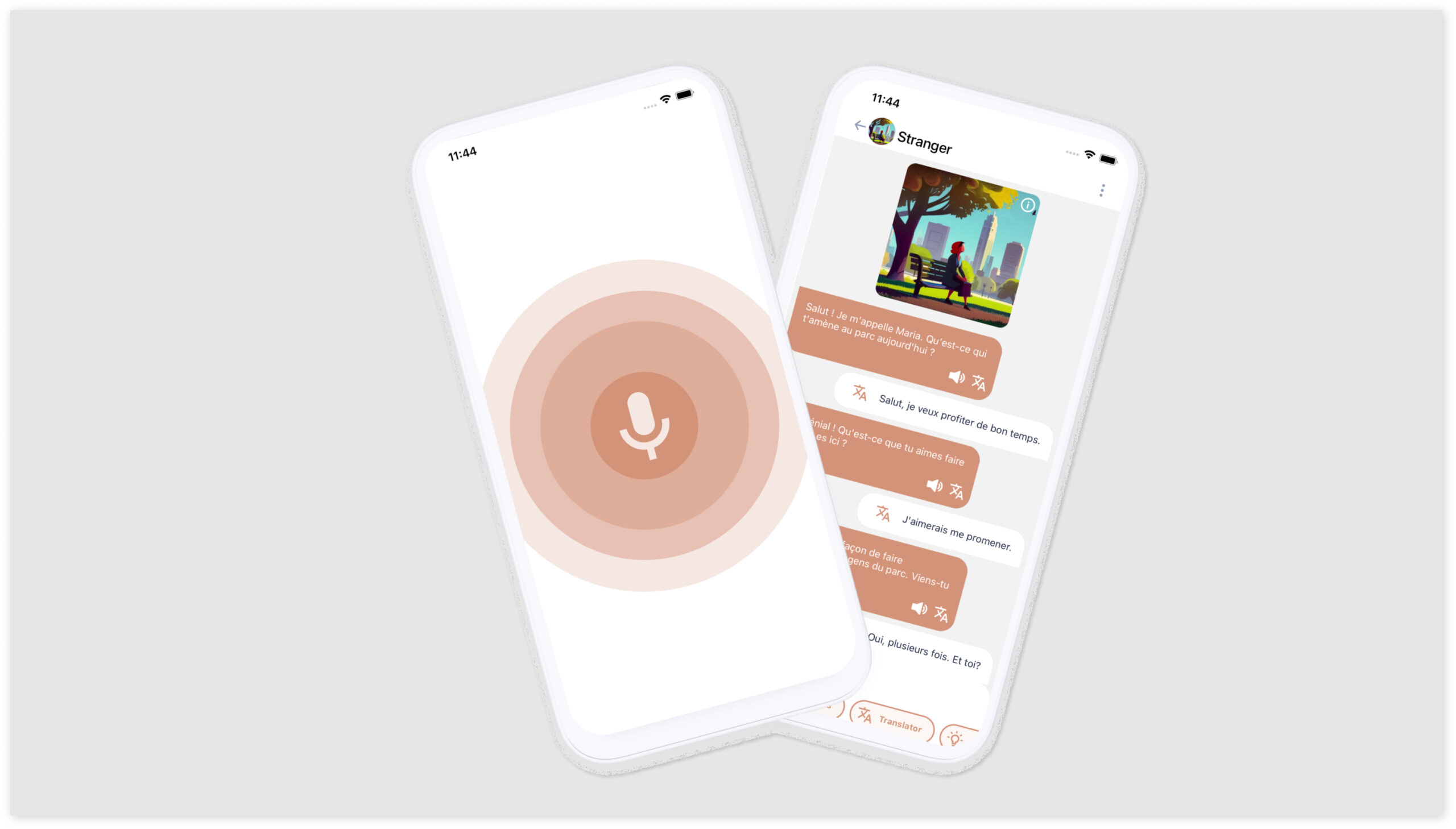
Quazel emerges as a dynamic language learning app, offering a comprehensive platform for enthusiasts eager to delve into various languages. Its intuitive design and diverse language options redefine how users engage with language acquisition.
Available Languages on Quazel
Quazel boasts an extensive array of languages, encompassing widely spoken ones like Spanish, French, German, Mandarin, and Japanese, along with less commonly taught languages such as Finnish, Arabic, and Swahili.
Features of Quazel
- Immersive Learning Approach: Quazel integrates diverse learning materials, including audio, video, and interactive exercises, for a multifaceted learning experience.
- Progress Tracking Tools: The app provides detailed progress reports, enabling users to monitor their advancement and set achievable goals.
- Adaptive Learning Technology: Quazel utilizes AI-driven algorithms to personalize lessons based on individual learning styles and proficiency levels.
- Community Interaction: Users can engage in language exchange and discussions with fellow learners, fostering a supportive learning community.
Pros
- Vast language selection catering to diverse interests
- Interactive and multimedia-rich learning content
- Adaptive learning features for personalized study paths
- Community engagement for collaborative learning
Cons
- Limited depth in advanced language courses
- Some users may prefer more structured lesson plans.
- Interface navigation might require adaptation for new users.
9. Busuu

Busuu stands tall among language learning platforms, offering a unique blend of innovation and community-driven learning. As a pioneer in language education, Busuu’s tool redefines traditional learning methodologies, empowering users with an interactive and engaging linguistic journey.
Languages Offered by Busuu
Busuu boasts an extensive range of languages, including popular choices like Spanish, French, German, Mandarin, and Italian, alongside less commonly taught languages such as Turkish, Polish, and Arabic.
Busuu’s Distinct Advantages
- Community Learning: The platform encourages interaction with native speakers for real-world practice, fostering cultural understanding and fluency.
- AI-Powered Study Plans: Busuu’s AI technology designs personalized study plans tailored to individual learning styles and goals.
- Certified Courses: Busuu offers CEFR-aligned language courses, ensuring quality and recognition in language proficiency.
- Interactive Exercises: The platform offers diverse exercises, including speaking, writing, and quizzes, for a well-rounded learning experience.
Pros
- Emphasis on community-driven learning
- Tailored study plans based on AI algorithms.
- Certification aligned with language proficiency standards.
- Varied interactive exercises for comprehensive learning.
Cons
- Limited depth in advanced language content
- Interface might feel overwhelming for new users initially.
- Some language courses may have less extensive resources.
Conclusion
Exploring these diverse language learning tools offers an exciting pathway to linguistic mastery. Among these incredible options, Duolingo emerges as a top-rated choice, impressing with its community engagement, personalized study plans, and certification-aligned courses.
As an experienced language learner, Duolingo’s AI-driven approach and emphasis on real-world practice have notably enhanced my proficiency. Remember, finding the right tool aligns with your learning style and goals is key. Start your language learning journey today with Duolingo and get in a world of opportunities through language fluency.
Your linguistic adventure awaits!
FAQs
Q. Can AI aid in language learning?
Absolutely. Many language learning platforms integrate AI to personalize lessons, provide feedback, and adapt to individual learning styles.
Q. What defines the “best” AI for language learning?
It depends on your preferences. Some prefer platforms like Duolingo for gamified learning, while others find Rosetta Stone’s immersive approach effective.
Q. Can AI comprehend language?
Yes, AI, especially Natural Language Processing (NLP), enables understanding and analysis of language patterns, facilitating tasks like translation and text generation.
Q. Are there AI-driven language teachers?
Indeed, platforms like Babbel and Lingodeer use AI to simulate tutoring experiences, offering personalized guidance and feedback akin to a language teacher.